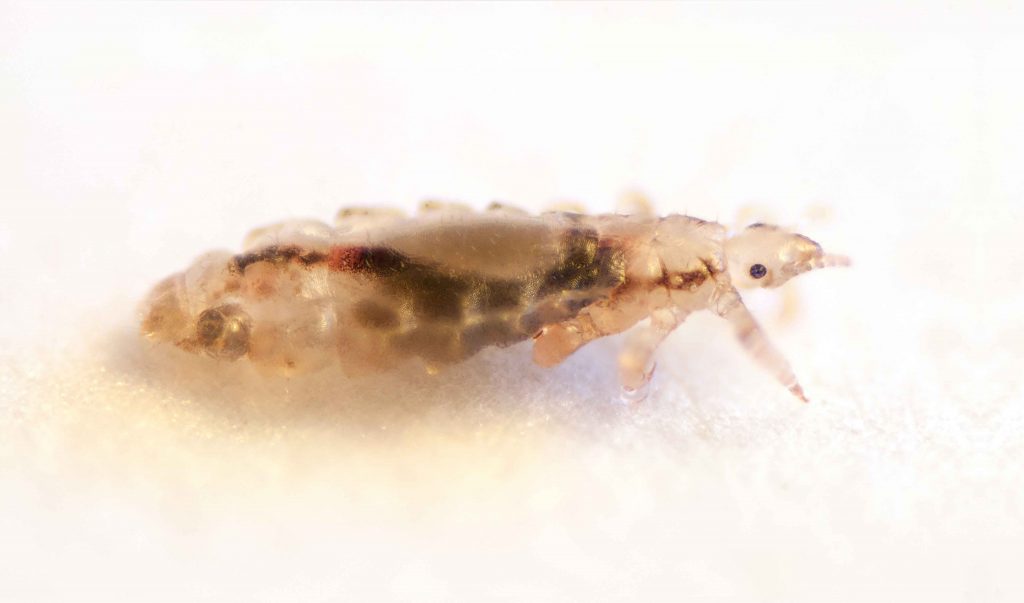By Melissa Walsh
“My head’s itchy” are three of the worst words a mum and dad can hear. Experienced parents know they are about to step into a world of pain. Lice treatments, nit combs, hours of pulling out tiny white eggs that refuse to budge from hair shafts, and a wriggling, screaming child who is over their hair being pulled does not make for fun times. That’s not to mention the actual hideous bugs that fall out on the paper towel, sometimes still moving, or the issue of washing every piece of clothing, bedding and cushion cover that your child has been near. Put everything on hold. Head lice are in the house!
For most first time parents, the idea that their beloved child has head lice is hard to believe. First there’s denial, anger, finally acceptance, and then going through the time consuming process of getting rid of the nasty parasites that are feeding on your child’s scalp several times a day.
Once you stop scratching your own head, convinced that you can feel them too, it’s time to decide which treatment to use. Supermarket aisles have an entire section devoted to head lice treatments. You will know them by the word ‘KILL’ written on many of the boxes. Don’t be mistaken. This is war! There’s treatment that will “kill head lice on contact”, those that “eliminate eggs”, five minute solutions that are “fast and easy to use”, those that paralyse, ban them, break them and send them packing.
Regardless of which treatment you choose, when you are trying to eliminate these insidious bugs from your house, the process is still the same.
Be prepared to give up a day to remove the bugs and eggs, make sure the entire family is treated, and wash everything in sight.
First step is the hair needs to be treated using one of the over the counter treatments or, alternatively, a home remedy.
Nearly all home remedies rely on some method to suffocate the lice, and some parents find them preferable to putting chemicals on their child’s head. Some of the natural suffocating and smothering treatments that are used include coating the hair with olive or almond oil, sectioning and removing the stunned lice and eggs one by one, or treating the lice with essential oils like tea tree oil, lavender, or peppermint oil. The trick with this is to test the oil on the back of your child’s hand to make sure there is no allergic reaction. Another method is using large amounts of conditioner to coat the hair shafts and comb out the nasties.
Once again, with the home remedy or over the counter medicated solutions, the practice is the same.
Firstly, apply lice medication according to label instructions or use natural remedy. Completely coat the hair in the treatment and leave on hair for designated time according to the treatment.
Wash treatment out of hair and then divide hair into small sections to run the nit comb with long metal teeth through. This will catch the lice and some of the eggs on the hair shaft but often you need to go over the hair several times to remove all the eggs. You can also remove the eggs by using your fingers or tweezers. As eggs and lice can be hard to see, it is a good idea to have a torch or magnifying glass to inspect the hair.
After the treatment, change all the clothing that has been worn, wash bedding, pillow cases, sheets and hats. Soak combs, brushes, hair ties and head bands for 20 to 30 minutes in hot water.
Repeat the treatment on day seven and 14.
Head lice are a fact of life and can happen to anyone. They are out there and harder to get rid of than beetroot on a white top. All it takes is one insect to climb on a person’s head and colonisation is underway. Female lice lay five to 10 nits (or lice eggs) each day, so a full-blown infestation can happen very quickly.
Once a parent is on a mission, the war on these tenacious pests is under way. Do the treatments, wash the bedlinen, keep your child’s hair tied up and don’t ever let the bugs win.


